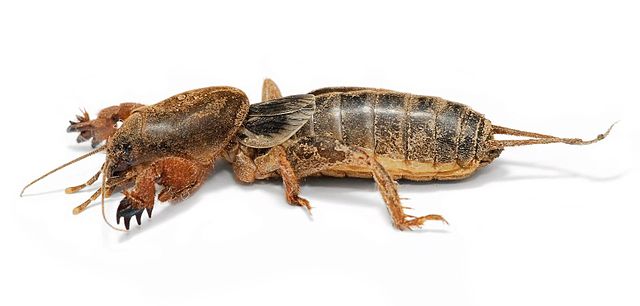Palaeorehniidae is an extinct family of katydid-like orthopterans that has been described from the fossil record. The family is known from the Paleocene to the end of the Eocene and has been described from North America and Scotland. Circumscription and placement of the group has changed several times since it was first described in 1939, with the group currently treated as a family that is incertae sedis in the suborder Ensifera. Five monotypic genera are assigned to the family.
Palaeorehniidae
Republicopteron douseae Klondike Mountain Formation
Sudders "Cymatomera maculata" type fossil
Ensifera is a suborder of insects that includes the various types of crickets and their allies including: true crickets, camel crickets, bush crickets or katydids, grigs, weta and Cooloola monsters. This and the suborder Caelifera make up the order Orthoptera. Ensifera is believed to be a more ancient group than Caelifera, with its origins in the Carboniferous period, the split having occurred at the end of the Permian period. Unlike the Caelifera, the Ensifera contain numerous members that are partially carnivorous, feeding on other insects, as well as plants.
Ensifera
A mole cricket, showing the front legs specialised for digging
A cave cricket, showing the long hind legs and antennae
A Cooloola monster, a subterranean family from Queensland, Australia







